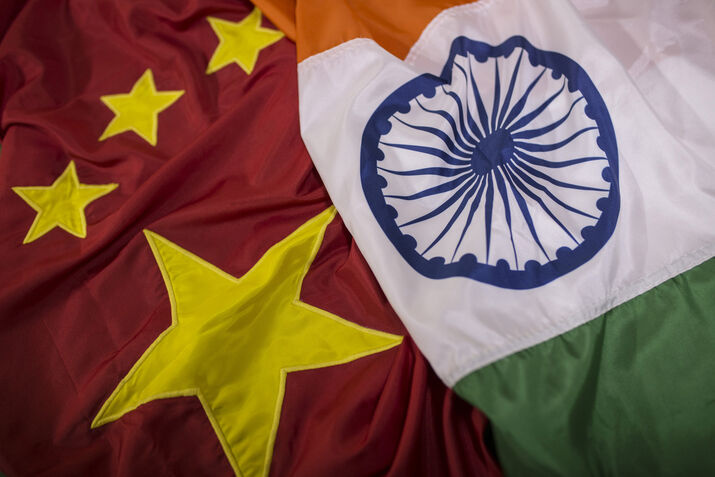After years of tension between China and India, both countries are in the process of retaliating their armies away from the Line of Control in Ladakh’s Demchok and Depsang region. The armies of the two countries entered the process of disengagement at the two friction points on Friday last week. The move comes as India and China announced an agreement on 21st October, two days after Prime Minister Narendra Modi and Chinese President Xi Jinping held talks in Russia. The talk, on the sidelines of the BRICS summit, aimed at repairing the ties between the neighbouring countries.
Disengagement at LOC and subsequently restoring patrolling rights in Demchok and the Debsang plains are the first steps towards repairing tensions between India and China. This will follow the second step of de-escalation and the third step of de-induction at LOC, by both nations.
India’s Relation with China
During the Nehruvian time, India’s relations with China were considered brotherly and the then prime minister also declared India’s trust in its neighbouring nations. But soon a dispute over territory was converted into a full-blown war in 1975, in which India was reduced to a weaker side in compromising. This was a big hit on India that created a lot of trust deficit.
Since then, tensions around the India-China border have been persistently present. The relationship between the two countries plunged even further after the Chinese incursion in eastern Ladakh in May 2020, during the Covid lockdown. At the same time, an armed stand-off led to the killing of a few Indian officers too.
Earlier as well, the Chinese PLA cut off Indian access to petrol points 10 to 13 in the Depsang Valley. In Demchok as well, the Chinese troops held Charding Nallah, preventing the Indian Army from entering or patrolling.
After the latest agreement of October 21, the two countries have finally decided to reconcile. Zhang Xiaogang, the Chinese spokesperson for the Ministry of National Defence, said in a media interaction that “China and India have reached a resolution on the issue concerning the border areas through diplomatic and military channels.”
On the same issue, Chinese President Xi Jinping also the PTI, “We hope the Indian side will work together with China to take important common understandings between the two leaders as guidance and continuously implement the above mentioned resolutions and jointly safeguard peace and tranquillity along the border areas.”
The New Agreement
Both parties were able to resolve their conflict of interests and could benefit from the agreement that was signed in October using no force. The agreement became important to China as the army would be able to invest somewhere else other than LOC. That is why, China has already agreed on disengagement at the frictional points: PP14 (Galvan Valley), PP15 (Hot Springs,), PP 17A (Gogra), North and South banks of Pangong Tso. But the country, until a year ago, was very reluctant to discuss anything around the sound plane and them chowk.
With this new agreement, the process of removal of both the army as well as temporary structures erected by the Chinese army will be initiated. In light of this, the Chinese military said on Thursday that troops of India and China are making progress in implementing the new agreement. However, the Chinese foreign ministry has yet to give any comment on reports that Indian and Chinese troops have completely disengaged at the friction points.
In the month of October, leaders of the two countries agreed that China and India should view and handle the bilateral relations from a strategic and long-term perspective. This will ensure saving the all over relations between the two countries without causing any financial loss to either.


